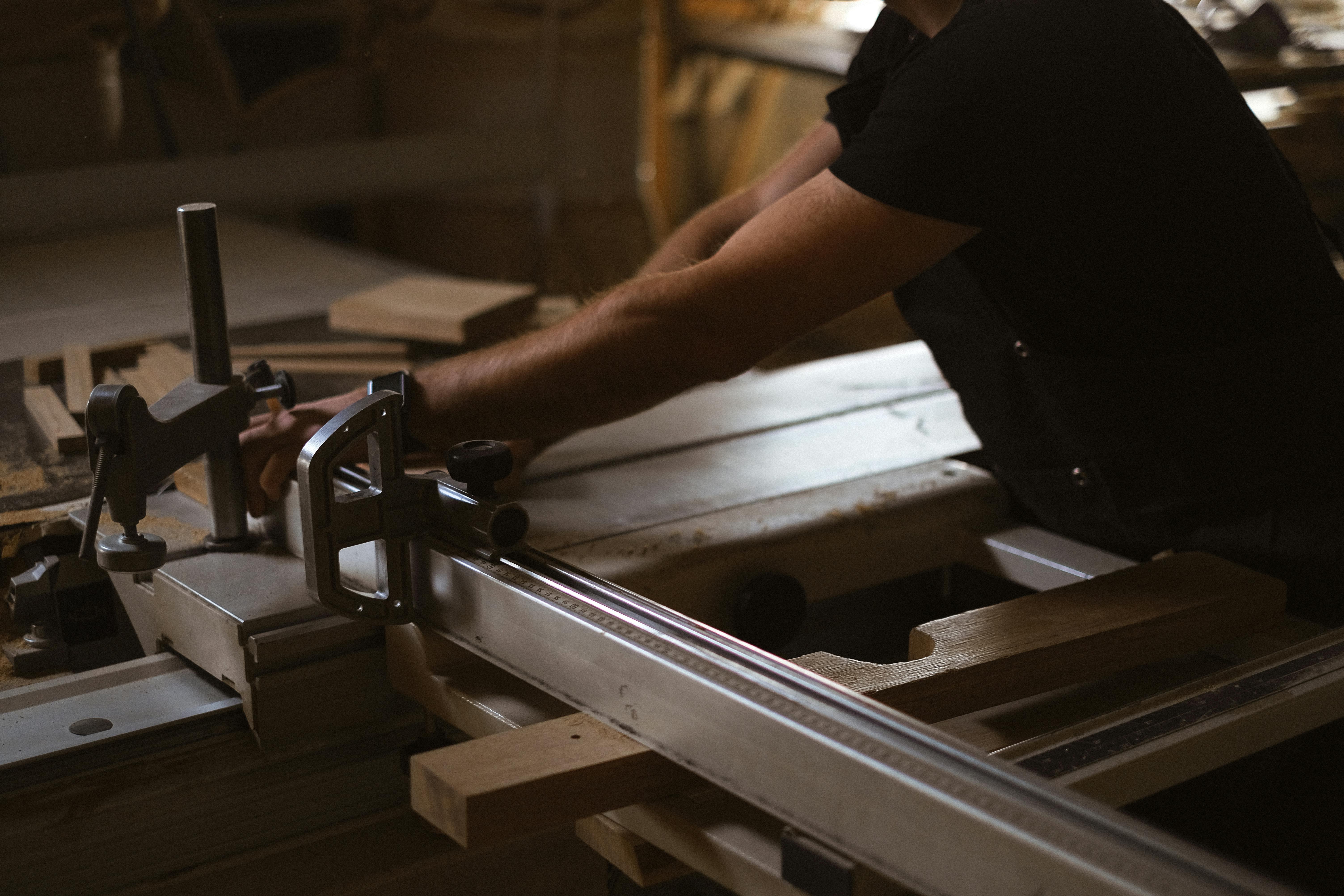We all make promises to other people, sometimes face to face, sometimes over the phone, sometimes in a passing conversation (implicitly), sometimes with conditions, sometimes unintentionally, sometimes speaking quietly, sometimes making that promise to us. to oneself in relation to another person – and of course, sometimes formally, by signing a legally binding document (in contract) or in some other official or commercial situation.
In relationships, people can make promises to each other in a very informal way, such as when a woman says to her lover, “We will be together forever, won’t we?” and he responds: “Yes, my love, forever.”
But that does not constitute a marriage, not because the intention is not as sincere and genuine as any other vow, but because marriage in Australia has specific requirements to be recognized as such. These requirements include the need to have two formal witnesses present while the legal words and wedding vows are said. This is part of the requirements of Article 44 of the Marriage Act of 1961.
How many people need to be present at the wedding?
The smallest possible wedding party for a legal marriage ceremony in Australia is 5 (five): the bride, the groom, the celebrant, and the two witnesses. It is not possible for a valid marriage ceremony to include only the bride, groom, and celebrant.
The celebrant cannot be one of the witnesses.
There is nothing to stop a family member from being a witness. Similarly, the witnesses do not need to be Australian citizens. However, they must be over 18 years of age. They have an important function as part of the marriage ceremony.
Of course, a wedding does not have to be limited to the minimum: there can be hundreds of people present if the bride and groom wish!
What do the witnesses testify?
Everyone present at a marriage ceremony is, of course, witnesses to the ceremony. However, there are two formal witnesses whose specific function is legally necessary. The Marriage Act of 1961, Section 45 (2), states that vows must be pronounced in the presence of the authorized celebrant and witnesses.
Witnesses must also be there to witness the authorized celebrant state, as established by the Marriage Act of 1961, Section 46, that he / she is duly authorized by law to solemnize the marriage in accordance with the law. The registered marriage celebrant specifically refers to the fact that the couple must unite in marriage in his or her presence and in the presence of “these witnesses.”
Do witnesses need to sign anything?
The two witnesses are required to sign the three copies of the marriage certificate. It is not possible for someone else to sign on your behalf or for witnesses to say they will sign later. To meet the requirements of Section 50 of the Marriage Act of 1961, the signature must be immediately after the solemnity of the marriage.
It is part of the ceremony, in fact. The Celebrant of the Marriage will declare that the Signature of the Registry will take place; During this period, there is usually music or some other element to attract the interest of the wedding guests. The signing process usually takes about 5 minutes; it may take a little longer, but it is seldom less.
Will any witnesses do?
While anyone over the age of 18 can be a witness, that does not mean that the couple can take two strangers off the street to be their witnesses, moments before the ceremony. The Marriage Certificates will have been prepared in preparation for the ceremony, including the names of the witnesses (only their signature is required at the appropriate time of the ceremony).
The couple must have communicated the names of the witnesses to the registered marriage celebrant well in advance to allow for the necessary preparations.
“I can provide witnesses”, is that true?
It is neither recommended nor desirable for the Celebrant of the marriage to provide the two witnesses of a couple’s marriage. The reason for this is that it puts everyone involved in an obnoxious position should any marriage-related questions arise.
The Explanatory Material provided by the Attorney General’s Department to Registered Marriage Celebrants addresses this topic. Explain that there is a particular object when requiring the attendance of witnesses to the ceremony, that is, their evidence will be available if it arises that the identity of the bride or groom is in doubt, or if the circumstances in which the ceremony was performed entered in doubt. This is exactly why the witnesses should be “people who know the parties to the marriage.”
It is explicitly stated that the presentation of witnesses is “the responsibility of the parties to the marriage.” A celebrant of the marriage must in no way advertise his or her ability to provide witnesses to the ceremony. If a celebrant is asked to provide witnesses to the ceremony, “it could raise suspicions about the appropriateness of marriage,” and this is something that no bride and groom would want!
There may be extraordinary cases where the bride and groom cannot provide witnesses, but the celebrant is satisfied as to the authenticity of their relationship and identity. It is up to the Celebrant of the marriage in such extraordinary cases to make a judgment about providing witnesses. But generally, such requests “should not be honored,” as stated by the Attorney General’s Department.
Can witnesses be assistants?
If the bride wishes her bridesmaid to be her witness, that is perfectly acceptable. The same is true if the groom wants his best man to be his witness.
Since witnesses have an important role to play in the purpose and legality of a wedding, it is a privilege and honor that they are asked to play that role. There are no words to say, there are no special requirements, there is no need to do anything at the ceremony except listen to what is said and sign the Marriage Certificate as witnesses. The Celebrant of the Marriage will guide the witnesses to approach the Registry Firm at the appropriate time.



